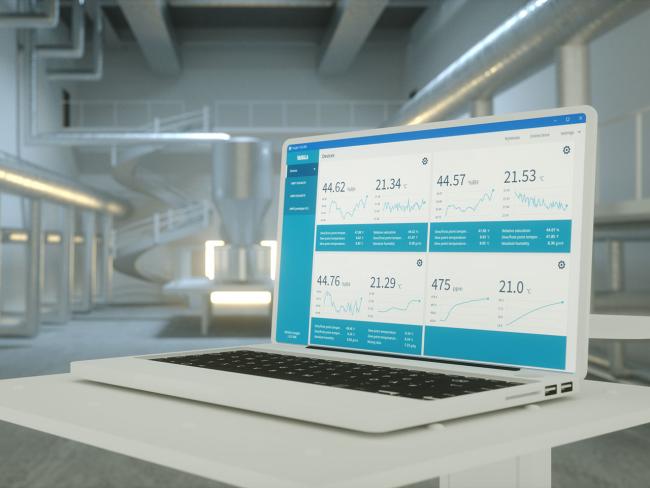Dehumidification in vaporized hydrogen peroxide bio-decontamination
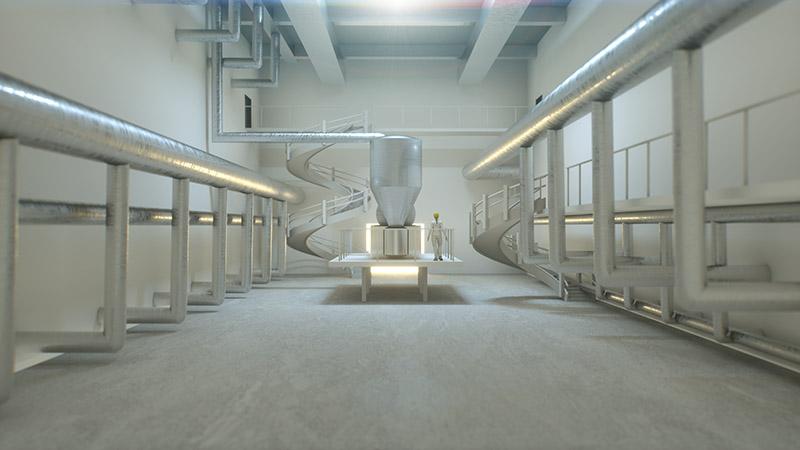

Martin Ginty is the Business Development Manager at Munters AB., a global leader in air treatment solutions for humidity and climate control. He joined Munters in 2014 and has over 20 years of experience in industrial automation and HVAC implementation. Martin is an alumnus of the University of Bedfordshire and Oaklands College.
Humidity control for improving vH2O2 bio-decontamination
Pharmaceutical environments must be operated under controlled conditions, especially for variables like temperature and relative humidity, which impact the quality and yield of products. The impact of humidity is also crucial in vaporized hydrogen peroxide bio-decontamination applications where higher levels of RH can decrease the amount of H2O2 vapor that can be injected to the area before condensation occurs, as discussed in this blog.
In our articles on best practices for vH2O2 bio-decontamination, we often recommend dehumidification to ensure maximum concentration of vH2O2 can be achieved before condensation. See this white paper: “Considering Condensation: Influences in Hydrogen Peroxide Vapor Bio-decontamination.”
But how is dehumidification achieved? Pharmaceutical companies employ different methods of dehumidification. Often HVAC systems are involved, which can be functional, but typical life science environments will require tighter controls that will require advanced dehumidification technologies. In this article, we present the dehumidification solutions of Munters for life science applications.
We interviewed Martin Ginty, Business Development Manager at Munters in the EMEA region.
Martin Ginty:
I’ve been with Munters for over eight years. During that time, I’ve had a few different roles, one of which was the Global Pharmaceutical Industry Manager. In that role, I have been able to witness how important continuous regulation and monitoring of air humidity level is during all production processes. For example, throughout the development and production of Active Pharmaceutical Ingredients (API), stable environmental conditions, regardless of the weather or season, dehumidifiers used to control the relative humidity levels can allow fine tuning of the optimal relative humidity for multiple processes.
For life science applications, we can provide custom-designed air dehumidification solutions, for instance in silos, production facilities, warehouses or transport, where air humidity should be consistently and precisely controlled. Production capacity as well as hygiene improve considerably when humidity is controlled.
For instance, in vaporized hydrogen peroxide bio-decontamination, one of the biggest benefits of dehumidification is the ability to dry the environment prior to the operation so that you can ensure full saturation of the vapor within whatever zone you're trying to decontaminate. Subsequent to that, you can then dry the area quickly without introducing high temperature or high-volume airflows to that area, which can help control operating costs. Imagine heating up a glove box or chamber; you may decide on a drying strategy of 50°C air for five minutes. But that’s also going to heat all the surfaces and everything on the inside in any kind of equipment. Typically, you want to stay within the normal operating conditions, avoiding big excursions. For example, if there are silicone or rubber seals around windows and doors, extreme heating/cooling cycles can be detrimental. Over time, you will reduce the lifespan and the effectiveness of those sealants.
How do Munters’s dehumidifiers work?
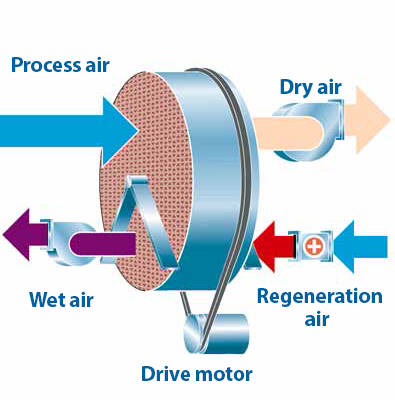
With some dehumidifier units we have a silica gel rotor. Rotor sizes range from four hundred millimeters to 4.5 meter in diameter rotor, typically between 200 to 400 mm depth. Air is blown across this rotor. Process or “damp” air enters the rotor and dried air comes out the other side. Of course, the term “dry” is a relative term. How dry will depend on the process needs, so we modulate that output depending on several factors: what the input humidity is, as well as whether the air is from indoors or outdoors, time of year, time of day. A rotor normally turns about six to eight times per hour, depending on how we've set the unit to achieve the output set point. At some point, the rotor either gets saturated with the water vapor or it's just not as efficient because it's picked up too many water vapor molecules, which are adsorbed into the porous high surface area silicon dioxide.
At this point, it moves into a reactivation phase. The hot air is blown in the opposite direction to drive off the moisture from the rotor. Then the reactivated desiccant turns back into the air stream. From a thermodynamic point of view, the rotor is in several different states, from being incredibly dry at one part of the circumference at the bottom, kind of in the middle, to being relatively saturated just before regeneration. It is a system in motion. The need for cleanliness in life science environments in built into the rotors. They are independently and recently been proven by The Swedish Institute for Food and Biotechnology to have both bactericidal and fungicidal properties.
We have seen many units over 20 years old in the field, still in use. We install units that are a bit over specification, creating some headroom in efficiency. After several years, microparticles may build up, unless the facility is well equipped with filtration, for instance HEPA filters. The adherence of particulate can cause the rotor to lose some efficiency over time. Mechanical integrity can also degrade over a number of years, but as with particle adherence to the rotor, degradation of equipment is context dependent; meaning that the process conditions impact the efficiency and lifespan of the rotor over time.
Critical parameters: Humidity & Temperature
In some installations, the dehumidifying unit may be the only source of air for the application. In these cases, we use Vaisala temperature and humidity sensors on the output from our unit, quite close to where the air is expelled. However, placement of the sensors depends on the needs of the process. For example, the air may need to be cooled after it is dehumidified by the rotor. As moisture is removed from the air, the temperature of the air increases. It's the opposite of evaporation so that heat of evaporation comes back out into the air. If the air is 20°C as it goes into the rotor’s incoming side, it can leave the rotor at about 40 °C. Often the air needs to be cooled, but there are also some manufacturing processes where this additional heat is beneficial such as drying after cleaning. Ultimately, the temperature of the air mixture that counts is when it’s delivered to the process.
The placement of the temperature sensor depends on the equipment used. Imagine duct work that is 30 meters long between the point it leaves the dehumidification unit to where it actually returns to process. That is the point where the temperature and humidity must be measured; close to where the real process is happening, the actual application area itself.
Designed fit for purpose
The dehumidifiers work from the customer specifications; they define the conditions required, and we set the unit to produce those conditions. We work with the customer during a commissioning and testing phase. We can adjust how the dehumidifier works in the environment, and modify the dehumidification based upon gathered data. Munters has an extensive range of units to fit all applications. The beauty is that in any size of unit, the same principle applies to all. Remove moisture from the air, control the temperature, and maintain correct conditions.
Some dehumidification units are very simple; more or less blowing the air out, with sensors only measuring the outlet conditions. Other units are more advanced, with more sensors that can be monitored along a chain of air supply. The customer may want to monitor close to the dehumidifier unit to ensure its continuous operation. If monitoring sensors placed at the airflow outlet show a huge difference in temperature and humidity between the dehumidifier and the air outlet, it can indicate a problem. For example, if the expected temperature difference is 10 degrees centigrade at the outlet, but it’s measured at 15 degrees centigrade, troubleshooting begins. Is there ductwork open, or has the airflow been diverted? Is there something in the system that shouldn't be in there? The sensors show the system is working as expected, and also if something has gone wrong.
Regarding the use of dehumidifiers in areas that use vH2O2 bio-decontamination, we have found the silicon dioxide rotor material to be very durable. Normally, at the molecular level, we are dealing with the electrostatic attraction between water vapor molecules and the rotor material. The end of the hydrogen bonds on the hydrogen peroxide molecule is attracted to the rotor in the same way. Obviously, hydrogen peroxide is more aggressive than water as it doesn't have the same kind of oxidizing effect that you would find with hydrogen peroxide. But it doesn’t appear to degrade the rotor material itself. We have applications that have been running for many years with no degradation on the rotor.
Hydrogen peroxide vapor bio-decontamination
Vaporized hydrogen peroxide bio-decontamination is commonly used in many areas, for example aseptic manufacturing, animal research labs, equipment transfer areas, biological safety labs Level 3 (BSL-3), biological safety cabinets, incubators, glove boxes, and hospitals. During the COVID-19 pandemic, vH2O2 was used as a decontamination agent for N95 masks during supply shortages, although appropriate aeration is needed to guarantee user safety.
As said, there is always a concern about the effect of vH2O2 on equipment. But another concern in vaporized hydrogen peroxide bio-decontamination is the possibility of damage from residues that can remain post-aeration phase. Although aeration to safe levels for operators is always performed, small amounts of H2O2 can linger in atmosphere. Theoretically, this residue could end up in the product which may cause oxidation of proteins, which can impact product quality and safety.
The amount of H2O2 vapor used in a decontamination application varies and temperature, relative humidity, liquid solution H2O2 percentage, and materials in the environment are all important factors in vH2O2 decontamination procedures. But after aeration, sub-ppm concentrations of H2O2 can remain that might be absorbed into packaging and other materials that are in contact with the product. There are many articles from scientists looking at the affect of residual vH2O2 on specific proteins, but that needs to be better understood.
However, it is well understood that dehumidification prior to the conditioning phase will increase the amount of H2O2 vapor that can be used before condensation. This can help ensure an effective log kill rate, the percentage of microbes killed. Generally, a process needs to achieve a 6 log kill rate, or 99.9999% of microorganisms in the environment. Typically, a six-log reduction of bacterial spores (most resistant to vH2O2) can be killed in 30-90 minutes at concentrations ranging from 150-400 ppm.
But whatever the process, the ideal scenario is to achieve a 6 log kill without going to dripping condensation in the environment. You want to inject as much vapor as possible but stay below condensation point. This is often called a “dry method” although micro-condensation exists. In vaporized hydrogen peroxide bio-decontamination processes, humidity facilitates microbial kill, but dripping condensation will not only pull some hydrogen peroxide vapor out of the air, but it can also leave more residue. Since the residue may present a risk to product quality, a non-condensing vH2O2 bio-decontamination process is preferred. Lowering humidity as a first phase is a good way to do this. Dehumidification as a first phase of vH2O2 may be key to mitigating the risk of residues in vH2O2 bio-decontamination.
Learn more about Munters dehumidification solutions

Martin Ginty is the Business Development Manager at Munters AB., a global leader in air treatment solutions for humidity and climate control. He joined Munters in 2014 and has over 20 years of experience in industrial automation and HVAC implementation. Martin is an alumnus of the University of Bedfordshire and Oaklands College. He can be reached at [email protected]
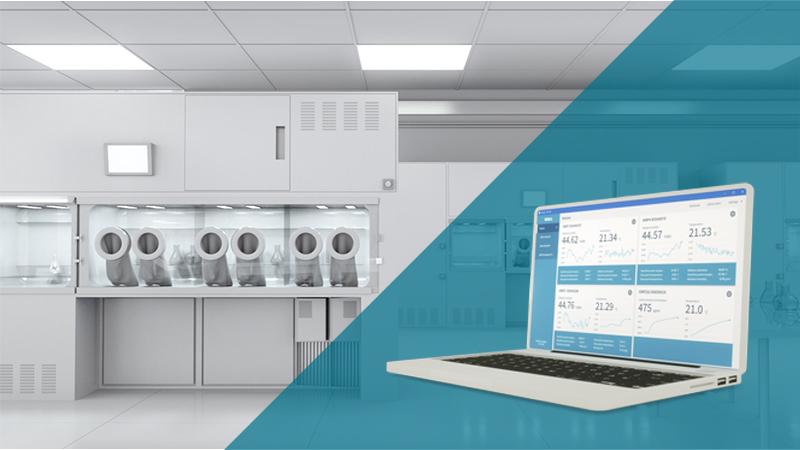
On-demand Webinar: Common vH2O2 bio-decontamination challenges and how to solve them
In this webinar we answer several of the most common questions we receive on vaporized hydrogen peroxide sensors in bio-decontamination applications. You will learn:
- How to integrate measurements into your system
- How to select connectivity - analog, digital, and host devices
- Best practices for sensor placement
- Troubleshooting steps when PPM is not increasing
- The difference between relative humidity and relative saturation
- And more...
Related Products
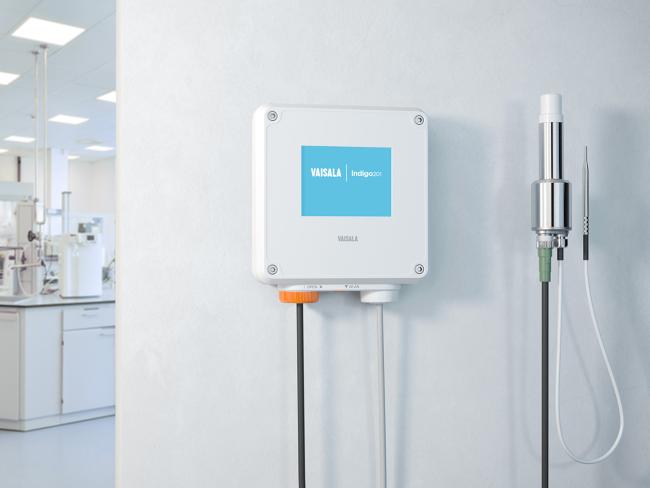
Vaporized Hydrogen Peroxide, Humidity and Temperature Measurement HPP270 Probes
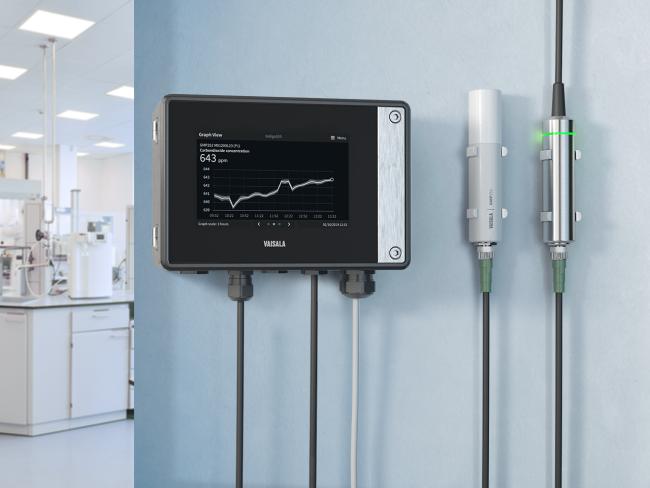
Indigo500 Series Transmitters
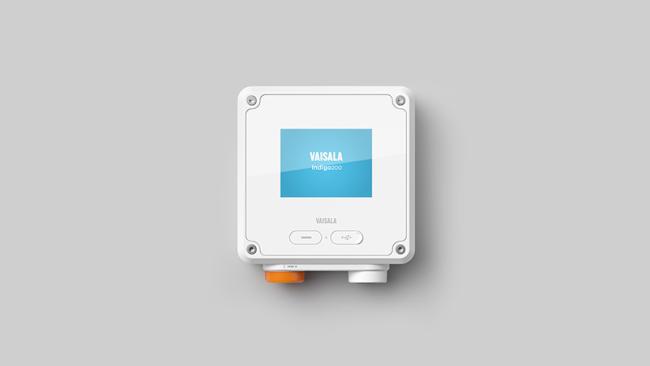
Indigo200 Series Transmitters
